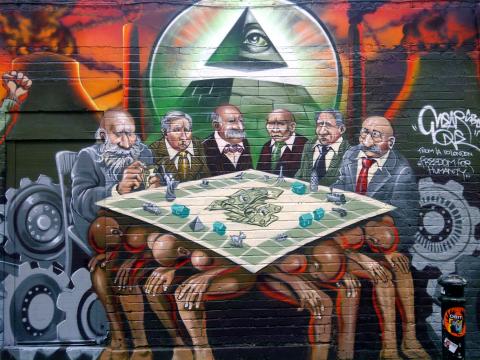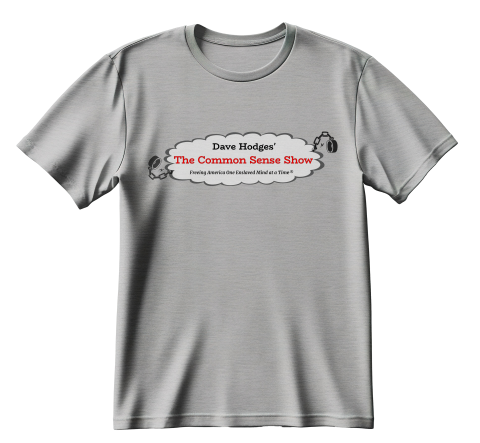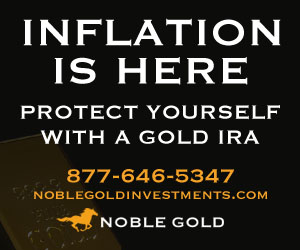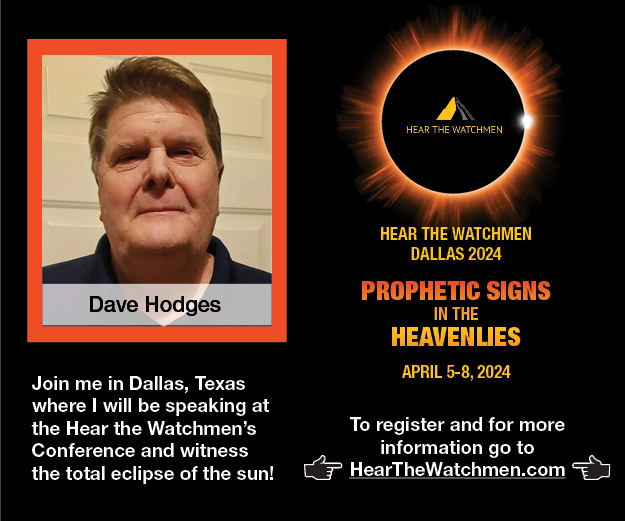Which New World Order Are We Talking About?

by Jeff Thomas
When doing so, we tend to be a bit unclear as to what the New World Order is. Is it a cabal of the heads of the world's governments, or just the heads of Western governments? Certainly bankers are included somewhere in the mix, but is it just the heads of the Federal Reserve and the IMF, or does it also include the heads of JPMorgan, Goldman Sachs, etc.? And how about the Rothschilds? And the Bundesbank—surely, they're in there, too?
And the list goes on, without apparent end.
Certainly, all of the above entities have objectives to increase their own power and profit in the world, but to what degree do they act in concert? Although many prominent individuals, world leaders included, have proclaimed that a New World Order is their ultimate objective, the details of who's in and who's out are fuzzy. Just as fuzzy is a list of details as to the collective objectives of these disparate individuals and groups.
So, whilst most libertarians acknowledge “the New World Order,” it’s rare that any two libertarians can agree on exactly what it is or who it’s comprised of. We allow ourselves the luxury of referring to it without being certain of its details, because, “It’s a secret society,” as evidenced by the Bilderberg Group, which meets annually but has no formal agenda and publishes no minutes. We excuse ourselves for having only a vague perception of it, although we readily accept that it’s the most powerful group in the world.
This is particularly true of Americans, as Americans often imagine that the New World Order is an American construct, created by a fascist elite of US bankers and political leaders. The New World Order may be better understood by Europeans, as, actually, it’s very much a European concept—one that’s been around for quite a long time.
It may be said to have had its beginnings in ancient Rome. As Rome became an empire, its various emperors found that conquered lands did not automatically remain conquered. They needed to be managed—a costly and tedious undertaking. Management was far from uniform, as the Gauls could not be managed in the same manner as the Egyptians, who in turn, could not be managed like the Mesopotamians.
After the fall of Rome, Europe was in many ways a shambles for centuries, but the idea of “managing” Europe was revived with the Peace of Westphalia in 1648. The peace brought an end to the Thirty Years’ War (1618-1648) in the Holy Roman Empire and the Eighty Years’ War (1568-1648) between Spain and the Dutch Republic. It brought together the Holy Roman Empire, The House of Habsburg, the Kingdoms of Spain and France, the Dutch Republic, and the Swedish Empire.
Boundaries were set, treaties were signed, and a general set of assumptions as to the autonomy within one’s borders were agreed, to the partial satisfaction of all and to the complete satisfaction of no one… Sound familiar?



























